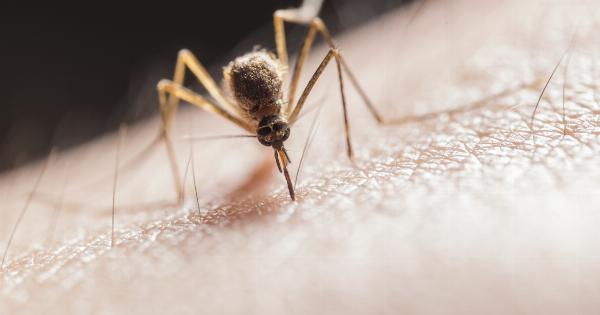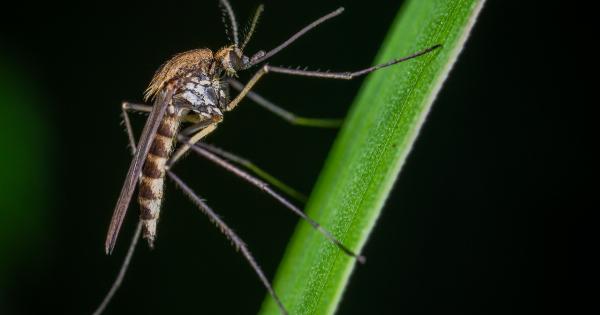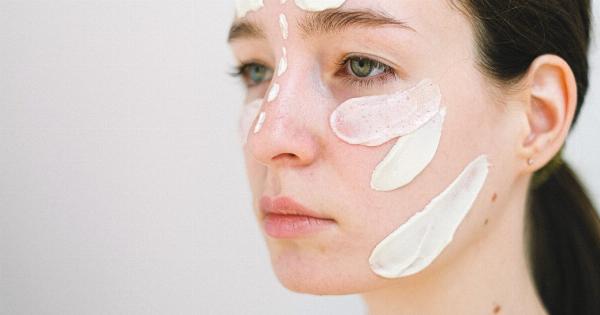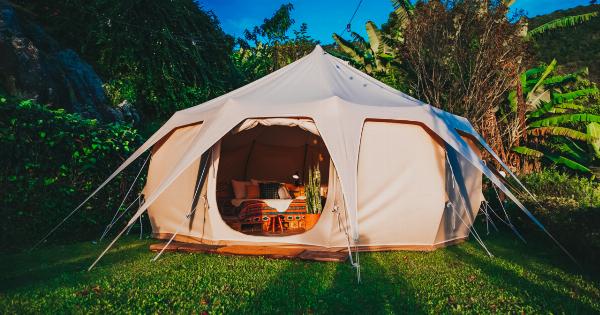When it comes to protecting ourselves from mosquitoes, most of us rely on various repellents, lotions, sprays, and mosquito nets. However, one effective yet often overlooked method of prevention is wearing mosquito-repellent clothing.
Clothing designed with mosquito-repellent properties can provide an additional layer of defense against these pesky insects. In this article, we will explore the importance of wearing mosquito-repellent clothing and how it can help safeguard us from mosquito-borne diseases.
1. Mosquitoes and the threats they pose
Mosquitoes are not just bothersome creatures; they also pose significant health risks by acting as vectors for various diseases.
Mosquito-borne illnesses such as malaria, dengue fever, Zika virus, chikungunya, and West Nile virus can have severe consequences on human health. These diseases can cause symptoms ranging from mild discomfort to life-threatening conditions. Therefore, it is crucial to take preventive measures to minimize mosquito bites and reduce the risk of contracting these diseases.
2. How mosquitoes find their victims
Before understanding the importance of mosquito-repellent clothing, it is essential to comprehend how mosquitoes find their victims.
Mosquitoes can sense human presence through the carbon dioxide we exhale, as well as by detecting body heat, movement, and the odors emitted by our bodies. Once a mosquito identifies a potential target, it follows the trail of heat and carbon dioxide to zero in on its prey.
3. The effectiveness of traditional mosquito repellents
Traditional mosquito repellents such as lotions, sprays, and creams are widely used to deter mosquitoes. These repellents typically contain active ingredients like DEET, picaridin, or essential oils like citronella and eucalyptus.
While these repellents can be effective to some extent, they have their limitations. The effectiveness of topical repellents can fade over time due to sweat or water exposure. Additionally, the application of these products may require frequent reapplication to maintain their effectiveness.
4. The role of mosquito-repellent clothing
Mosquito-repellent clothing is specially designed to repel mosquitoes and prevent them from accessing the wearer’s skin. These garments are treated with insecticide substances, typically a synthetic version of a compound called permethrin.
Permethrin is highly effective in repelling and killing mosquitoes on contact, significantly reducing the chances of bites. Wearing long-sleeved shirts, pants, socks, and hats made with mosquito-repellent fabrics provides optimal coverage and protection.
5. The advantages of mosquito-repellent clothing
There are several advantages to wearing mosquito-repellent clothing:.
5.1 Protection against a wide range of insects
Mosquito-repellent clothing not only protects against mosquitoes but also offers defense against other insects such as ticks, flies, ants, and fleas.
This added protection can be especially valuable in regions with high insect activity or areas where insect-transmitted diseases are prevalent.
5.2 Long-lasting effectiveness
Unlike topical repellents that need frequent reapplication, mosquito-repellent clothing can offer protection for an extended period.
Most repellent fabrics retain their efficacy even after multiple washes, ensuring lasting protection against mosquito bites.
5.3 Convenience and ease of use
Wearing mosquito-repellent clothing eliminates the need to apply lotions, sprays, or creams to the skin. This is particularly advantageous for individuals with sensitive skin or those who prefer to minimize contact with chemical repellents.
Additionally, it provides hassle-free protection for both indoor and outdoor activities, eliminating the possibility of forgetting or misplacing traditional repellents.
5.4 Added sun protection
Mosquito-repellent clothing often offers built-in sun protection along with its insect-repellent properties. These garments are designed to block harmful UV rays, reducing the risk of sunburn and long-term skin damage.
By combining sun protection and mosquito deterrence, this clothing becomes an excellent option for outdoor enthusiasts.
6. Choosing the right mosquito-repellent clothing
When selecting mosquito-repellent clothing, it is important to check for certain features:.
6.1 Permethrin-treated fabric
Ensure that the clothing is treated with permethrin or any other recommended insecticide. The treatment should comply with environmental and safety guidelines. Look for fabrics that retain their repellent properties even after multiple washes.
6.2 Optimal coverage
Choose clothing items that provide maximum coverage, such as long sleeves, pants, and socks. Tightly woven fabrics are more effective at preventing mosquito bites. Look for garments with adjustable cuffs, waistbands, and collars to ensure a snug fit.
6.3 Breathability
Mosquito-repellent clothing should be lightweight and breathable, allowing for comfortable wear even in hot and humid climates. Fabrics that wick away moisture and dry quickly can further enhance comfort.
7. Other preventive measures
While wearing mosquito-repellent clothing significantly reduces the risk of mosquito bites, it should be combined with other preventive measures for optimal protection:.
7.1 Eliminate mosquito-breeding sites
Regularly empty and clean containers that can hold stagnant water, such as flower pots, buckets, and birdbaths. Mosquitoes breed in standing water, and eliminating their breeding sites can help reduce their population.
7.2 Use mosquito nets
When sleeping or resting in areas with high mosquito activity, consider using mosquito nets over beds, hammocks, or cribs to create a physical barrier between you and the mosquitoes.
7.3 Avoid peak mosquito activity
Mosquitoes are most active during dawn and dusk, so try to limit outdoor activities during these times. If you do need to be outside during peak mosquito hours, wearing mosquito-repellent clothing provides an added layer of protection.
8. Conclusion
Wearing mosquito-repellent clothing offers a practical and effective way to reduce exposure to mosquito bites and the associated risks of mosquito-borne diseases.
By acting as a physical barrier and utilizing insecticide-treated fabrics, this clothing provides ongoing protection without the need for constant reapplication. Remember to combine it with other preventive measures and choose the right clothing that offers optimal coverage and comfort, ensuring a mosquito-free experience outdoors.


























